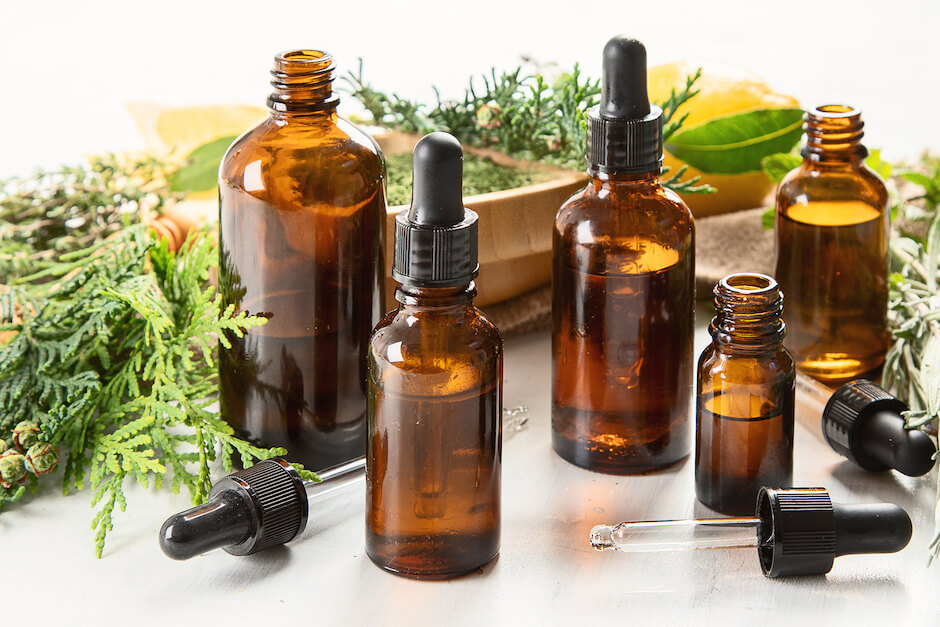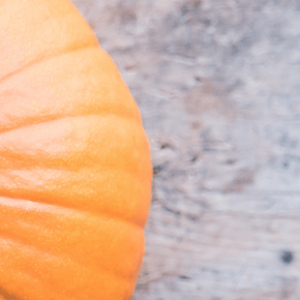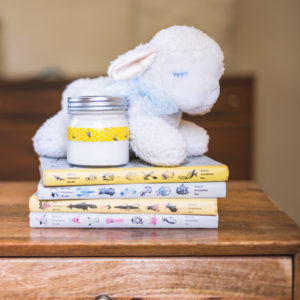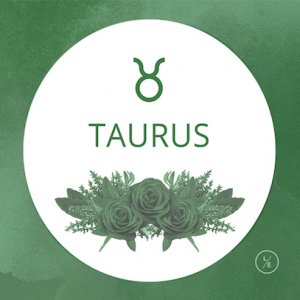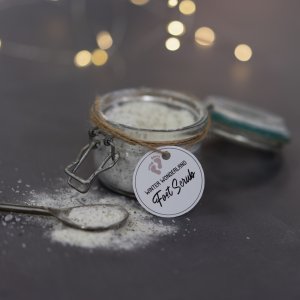Essential oils are distilled from leaves, stems and twigs; flowers and flower buds, fruit or peels; wood or bark; resins, oleoresins, or gums; roots, rhizomes, or bulbs; seeds, kernels, or nuts. And just as the source of the oil varies, so do their resulting aromas: light, mild, medium, strong, and very strong. There is actually a schematic system for blending oils based on their aromas. Let’s investigate a method of essential oil blending by scent group.
Botanical Nomenclature Simplified
Carl Linnaeus designated the nomenclature of botanicals, but the way that he described the aroma of the oil was medicinal. In the early 1900s, Hans Henning created the smell prism of six principal odors. Then in 1927, Ernest Crocker and Lloyd Henderson related odors to the four primary types of olfactory nerves. From there, aromatherapist and author Julia Lawless created the scent group circle.
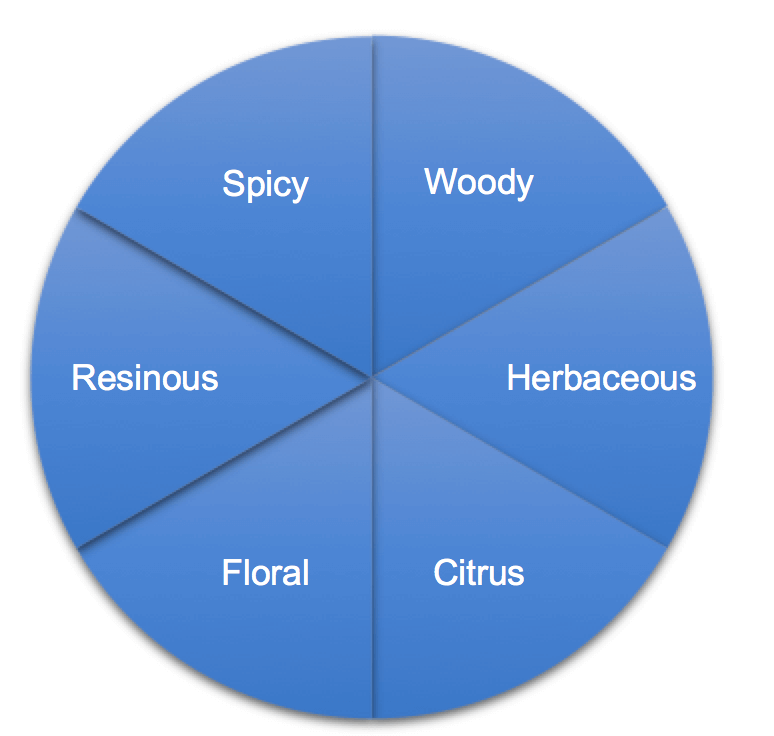
Scent Groups
The diagram above represents a breakdown of essential oil scent groups. And below you will find example essential oils from each group.
- Woody: cedarwood, cypress, eucalyptus, fir, juniper, patchouli, pine, sandalwood, spikenard, spruce, valerian, vetiver
- Herbaceous: angelica, basil, carrot, citronella, clary sage, helichrysum, hyssop, lavender, marjoram, niaouli, oregano, peppermint, rosemary, sage, savory, spearmint, tea tree, thyme, yarrow
- Citrus: bergamot, grapefruit, lemon, lemon balm, lemongrass, lime, mandarin, orange
- Floral: chamomile, geranium, jasmine, lavender, neroli, palmarosa, rose, ylang ylang
- Resinous: frankincense, myrrh, onycha
- Spicy: caraway, cardamom, celery, cassia, cinnamon, clove, coriander, cumin, dill, elemi, fennel, ginger, myrtle
Three Ways to Blend by Scent Group
Now that we know our scent groups, let’s talk through how we can use this knowledge to strategically create great blends.
Single-Group Blending
When blending in this way, select three oils all from the same scent group. You can select more, but the aromas can get muddled if you do. Two oils usually does not give enough variety in chemical constituents to made a big impact.
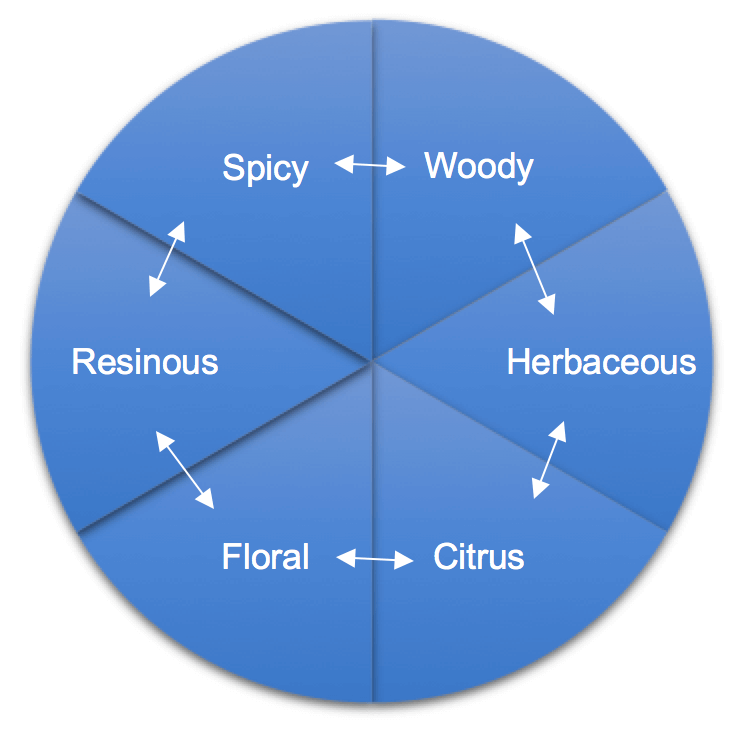
Good-Neighbor Blending
When you blend based on neighboring groups, you select three oils from two groups that are side by side with one another. This is simply a starting point, and from there you can play around with blending spicy, woody and herbaceous or floral, resinous, and spicy, etc.
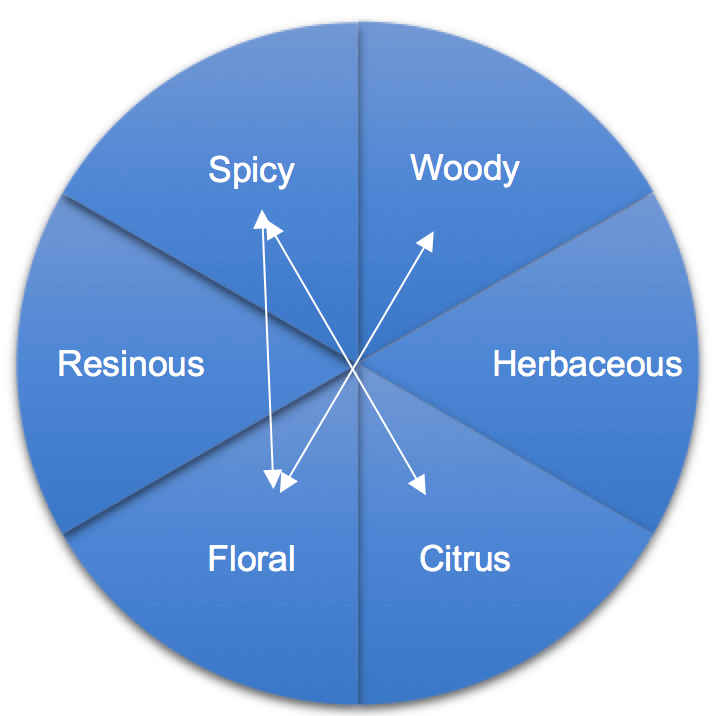
Opposite Group Blending
Opposite group blending isn’t as straightforward as it sounds. Not all opposites work exceptionally well together and some groups that are opposites tend to work really well together. For example, resinous and herbaceous don’t tend to work well together even though they are opposites. Conversely, spicy and floral do work well together even though they are not opposites.
Blending with Intention
Here are a few examples:
Say you want to blend with balsam fir (woody). You can combine it with other woody oils, such as cedarwood, juniper, or cypress. Another option would be to combine it with a neighboring spicy, like tarragon; or a herbaceous, such as lavender. Lastly, you could combine it with the opposite group, floral, maybe something like geranium or jasmine.
If you want to start with a herbaceous, such as basil, you may choose others from the herbaceous group: citronella or spearmint, for example. Another option is to blend it with a neighbor: juniper (woody) or bergamot or lime (citrus). Remember that the herbaceous group combined with its opposite, resinous, doesn’t often produce the best results.
Let’s say you are starting with a citrus oil like lemon. You can easily just blend it with other citrus oils, such as lemongrass or lime. Mix it up a bit with herbaceous sage or floral rose. Or just go for the opposite group and choose something spicy, perhaps elemi or fennel.
If at First You Don’t Succeed, Blend, Blend Again
Keep in mind, these are not hard-fast rules, and all rules were made to be broken. The point is to come up with something that you like, and for you to trust your nose. Blending by scent groups gives you a place to start and will help you identify the different types of aromas of essential oils and how they can work together.
If you come up with something that you really don’t enjoy, that’s okay. Try to add another oil to balance it out or find an alternative use for the blend. The more you play around with blends and DIYs, the better you will become at discovering what works and what doesn’t.
Want to learn more about blending essential oils? Head here.
